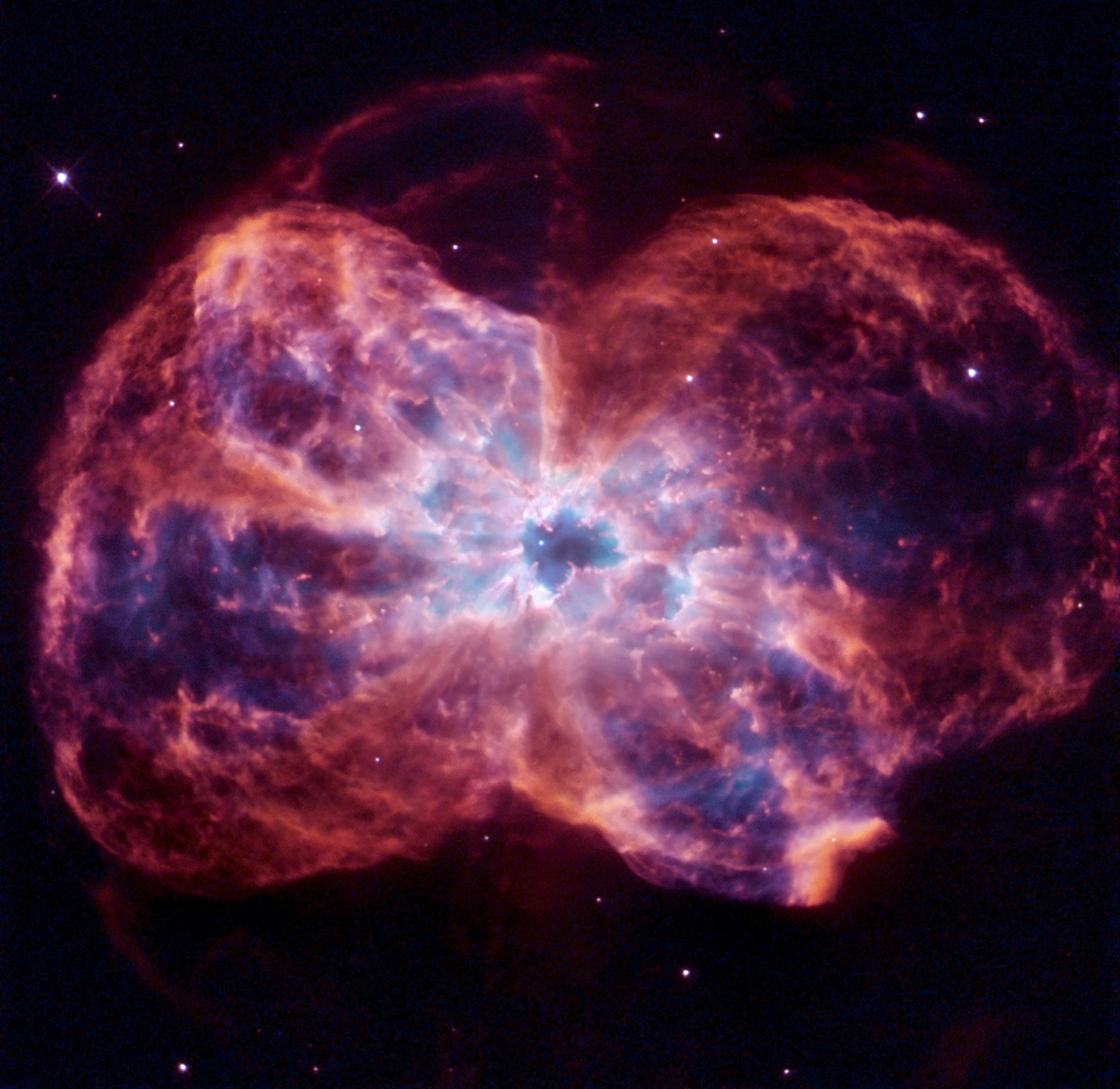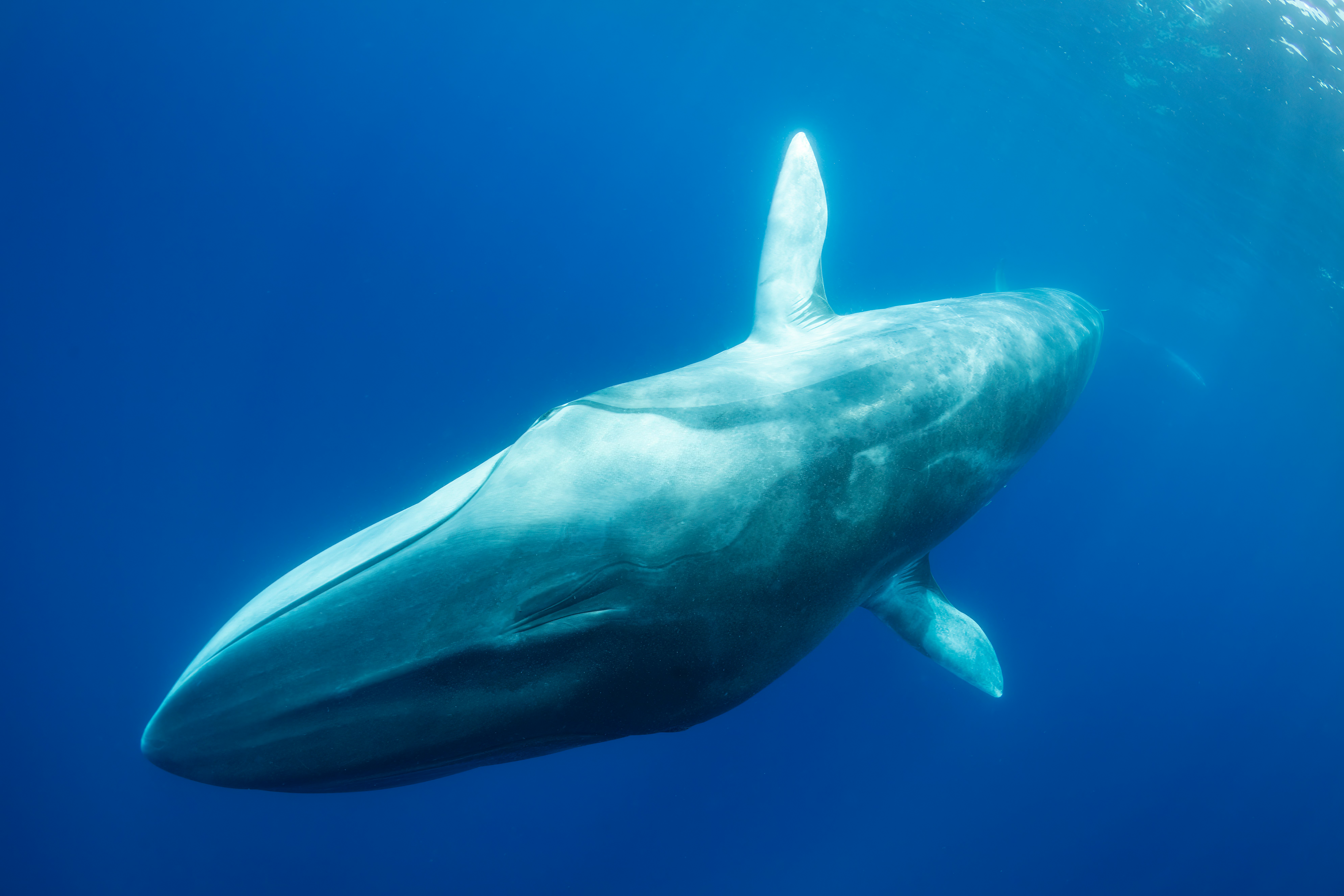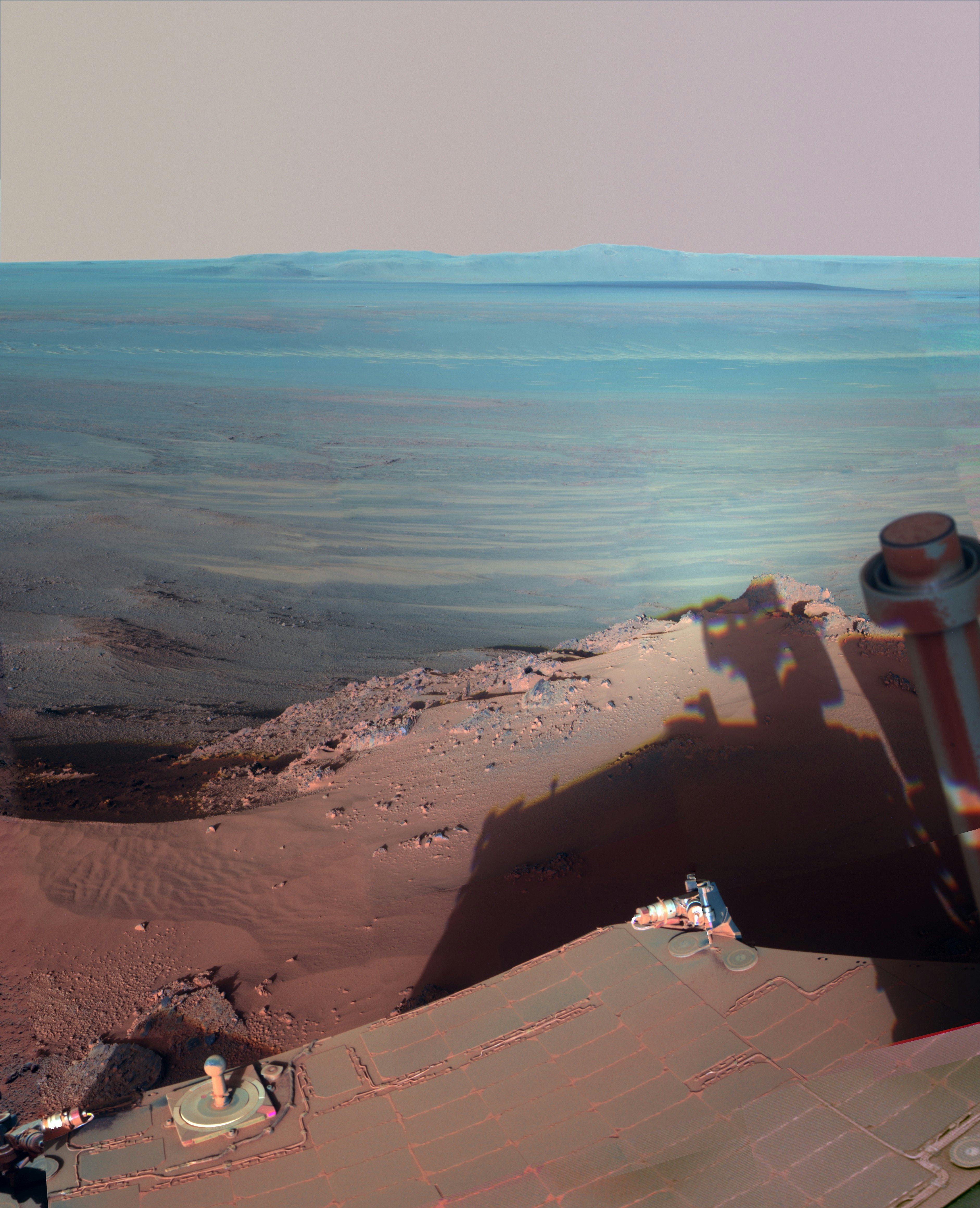
I rarely ever “collide,” but since I’m fairly clumsy, I’ve had my share of near-collisions. Sometimes it’s the stick of butter slipped just a little too close to the edge of the bowl. Other times, it’s the person walking in front of me, totally unaware that I might, just might bump directly into their shoulder as I’m watching the Vampire Diaries. Netflix really shouldn’t be a phone app.
Unlike me, space really has its crashes, but some of them come in the much more ethereal and mysterious form of dark matter. Although, I guess a 2009 show about sulking teenage vampires is similarly inscrutable. Possibly even more so — researchers have just come up with an unexpected way to determine whether or not dark matter is actually colliding with stars. You can read that staggering story along with others about whales and pandas in today’s Inverse Daily. Lucky you! And lucky me, newsletter writer Ashley Bardhan, for joining you this morning.
This is an adapted version of the Inverse Daily newsletter for Monday, January 24, 2022. Subscribe for free and earn rewards for reading every day in your inbox. ✉️

Scientists may have found a strange way to detect dark matter collisions
“Researchers are quite confident dark matter exists,” writes Passant Rabie, “but they haven’t exactly been able to prove it with direct, observational evidence.” But that doesn’t mean there’s no evidence — “They know it’s there given its gravitational effect on the motion of stars and galaxies,” writes Rabie, “as dark matter moves galaxies in ways that all the observable matter can’t.”
Imperceptible dark matter may make up 85% of matter in the universe, but it’s still imperceptible. So, when dark matter balls together like dough or an asteroid, their supersonic collisions are only theoretical. But a new study suggesting that these celestial wrecks could be detected with ultraviolet telescopes is hoping to change that.
“‘The ultraviolet emission due to [a] dark matter collision would be above and beyond any background ultraviolet emission coming from the star prior to the collision,’” Sebastian Ellis, co-author of the study, told Inverse. “‘The “smoking gun” of the collision is therefore in the form of a transient increase in ultraviolet brightness of a star, lasting a few hundreds of seconds, potentially longer.’”
There’s more to the dark matter: These torn bits of small galaxies could reveal dark matter mysteries

Jaw-dropping images show Tonga volcano eruption from space
Last week, the Pacific’s underwater Hunga Tonga-Hunga Ha’apai volcano erupted with an ashen blast. Tsunami waves cracked the Pacific while uninhabited islands were devastated, on-and-off eruptions produced thick mushroom clouds, and nearby Tongan islands were shrouded in gray powder.
“Tonga, other countries, and aid organizations are still trying to assess the full extent of the damage,” writes Jennifer Walter. “Meanwhile, scientists are mapping potential atmospheric and environmental side effects that may come in the explosion’s wake.”
The explosion was so large and so cataclysmic, satellites miles above Earth could capture it on camera. “Several satellites captured the violent explosion and quick spreading ash clouds,” writes Walter.
Other space volcanoes are less ruinous: 50 years ago, a NASA spacecraft revealed Martian volcanoes

Scientists finally discovered how whales eat without drowning
Elsewhere in the ocean, whales are gulping massive amounts of saltwater with their food and enjoying every moment of it. “In Finding Nemo’s most harrowing scene, Marlin and Dory get swallowed by a great blue whale,” writes Inverse reporter Elana Spivack. “Perhaps it’s occurred to some viewers: How did the whale swallow all that water (plus our heroes) without inhaling it and drowning?” The same question has befuddled scientists for a long time — are marine mammals exceptionally good at holding their drink? — but not anymore.
“A paper published Thursday in the journal Current Biology reveals the secret to engulfing colossal amounts of seawater without drowning is an oral plug,” writes Spivack. “The researchers have found this structure in 10 whales so far, including the blue whale.”
The plug makes its debut after water filters into a whale’s mouth. From there, it “shifts backward and upward, blocking off access to the upper respiratory tract that leads to the blowholes,” writes Spivack, and might be triggered by the whale swallowing. “At rest, it’s passively sitting there and requires muscle activation to move out of the way.” But what’s really important is how it protects whale lungs from becoming accidental fish bowls.
Finesse your whale empathy skills: The world’s loneliest whale reflects humanity’s biggest fear

Gut study reveals why pandas get huge despite their terrible diet
“The life of giant pandas is strange, to say the least,” writes Inverse nature reporter Tara Yarlagadda. But “what really puzzles scientists is how the massive herbivores maintain their hefty physique despite subsisting on a super-lean bamboo diet.” The giant pandas’ gut might help unlock this chunky conundrum, and a new study published in the journal Cell Reports seeks to define why that is. Researchers just had to get a little down and dirty to do so.
“The research team transplanted feces from giant pandas into germ-free mice [...] in a process known as fecal microbiota transplantation,” writes Yarlagadda. “The goal of the transplants was to better understand the effect of giant panda gut microbes in another species that is easily studied in a laboratory setting.”
It’s worth getting grubby for a good cause — “The gut microbiome isn’t just linked to complex dietary concerns in humans, but pandas, too,” writes Yarlagadda. Understanding it better might even help us prevent the vulnerable species from completely disappearing.
But don’t follow their lead: Why giant pandas “frequently roll” in feces

About this newsletter: Do you think it can be improved? Have a story idea? Want to share a story about the time you met an astronaut? Send those thoughts and more to newsletter@inverse.com.
- On this day in history: On January 24, 2004, NASA’s Opportunity rover landed on Mars. It continued to kick up rocks and ascertain amazing insights into ancient Mars until June 2018, when it was abruptly killed by a dust storm.
Song of the day: “Opportunity,” by Kevin Krauter.







